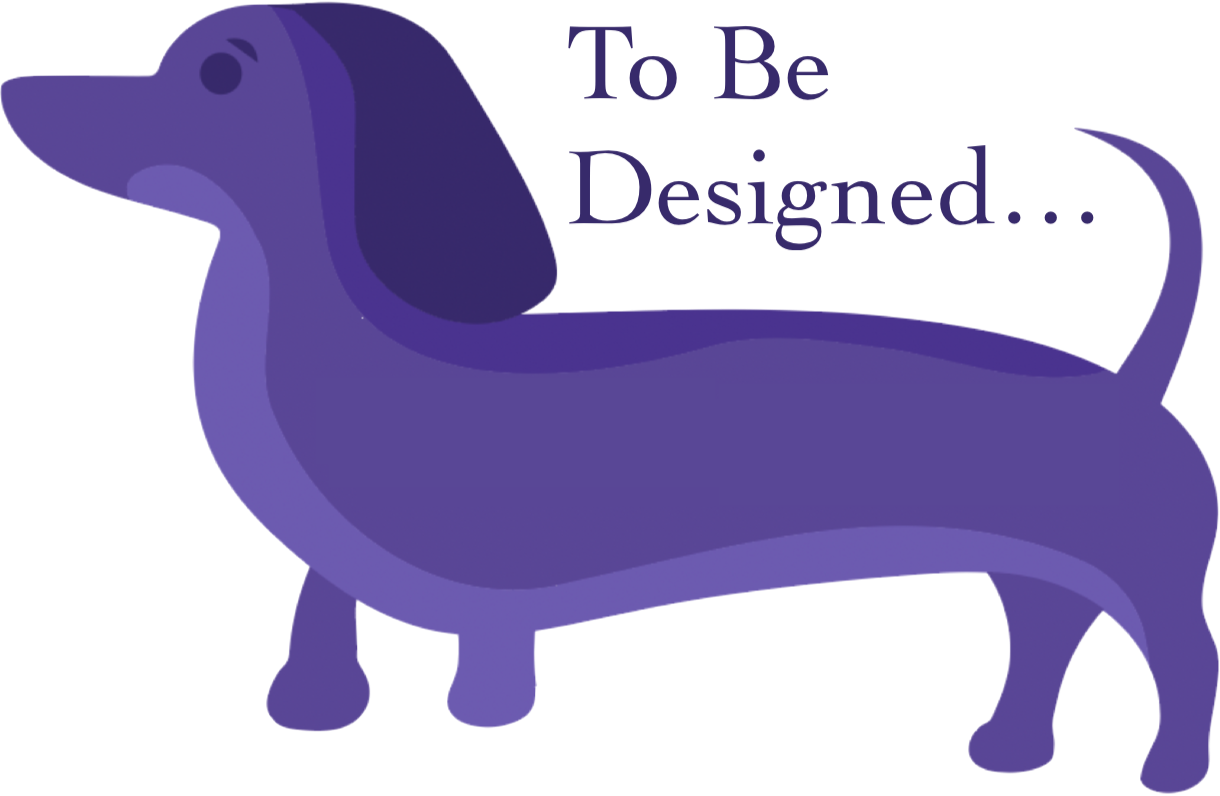Article: What do we mean when we talk about “design” ?
By: Leah Parsons
I’ve listened to people throw around the word “design” often throughout my little college career. This class curriculum is designed pretty well, they’ll say. Or, The design of this building is so confusing.
Design is obviously an everyday concept; I know that much. But for me as a psychology and journalism student recruited to help start a “design” podcast based out of the school of engineering, I admit that I was a little lost when it came to the exact definition. Does it only apply to engineers? What about other disciplines, such as art or architecture? Am I, as a humanities-focused major, capable of “design?”
So, I did some research. What specifically do we mean when we talk about design and its bordering concepts in To Be Designed?
According to Wikipedia, a design “is a plan or specification for the construction of an object or system or for the implementation of an activity or process or the result of that plan or specification in the form of a prototype, product, or process.”
So, in my own words: Wikipedia basically says that a design is a plan for making something new. Okay.
But there’s more. The Segal Design Institute at Northwestern, without which our podcast wouldn’t be a reality, encourages students in design classes to “work on projects that produce tangible results and improve the lives of people around the world.” The Segal curriculum describes design as “human-centered.”
Using this information to reinforce the Wikipedia definition, I adjusted my previous simpler definition to: A design is a plan for making something new WITH the aim of solving a problem for people.
Therefore, to answer some of my own questions at the beginning, “design” could apply to engineers who create concept plans before the manufacturing phase or artists who intend for their artwork to be part of a solution instead of just for visual enjoyment.
In our first two podcast episodes we explore the fairly unrelated topics of sustainability and AI music. These are two concepts that require not only a design, but also lots of thought about the consequences of the design. What are the ethics behind designing something that may harm the environment, even though it may benefit humanity in the short term? What does it mean for our definition of human creativity if we design technology capable of producing original music?
In our third episode (out Monday, January 23rd!!), we discuss how design framework is applied to a much wider topic: Life. Episode 03 is the introduction to our miniseries documenting a new course at Northwestern called Designing Your Life.
I reasoned earlier that a design is a plan for making something new WITH the aim of solving a problem for people. According to the Designing Your Life course, you can consciously learn how to approach the complexities of being human on your own life path; this is the essence of design. It’s not some fancy, intangible engineering/architectural concept like I first thought. It’s a way of viewing life.
Our statement of purpose explains that on our podcast we want to discuss the “ethics-driven questions centering on the psychology, art, and application of design practices.” I’ve realized that by saying this, we really do intend to ask any question from any perspective we can think of, all because design fits into every aspect of human life. Design involves empathy, innovation, organization, pattern-seeking, prototyping, and understanding; all for the purpose of problem solving. We have all been designers at some point in our lives, often subconsciously.
